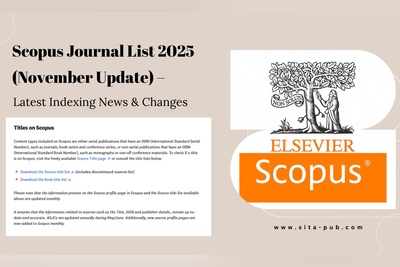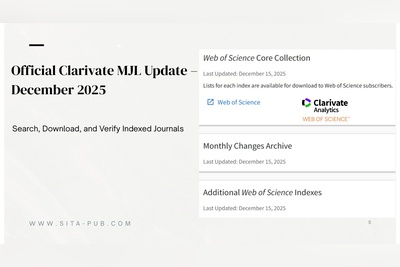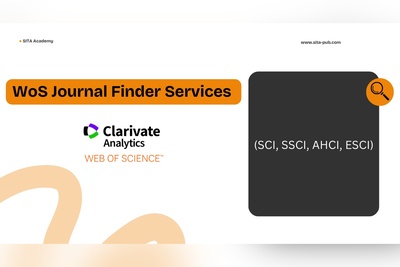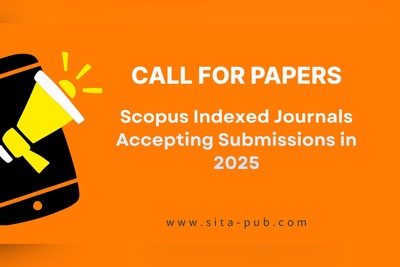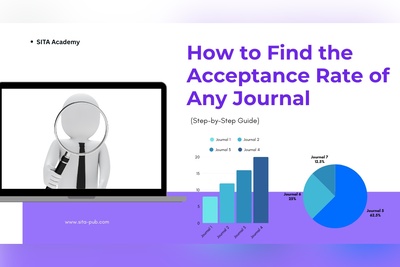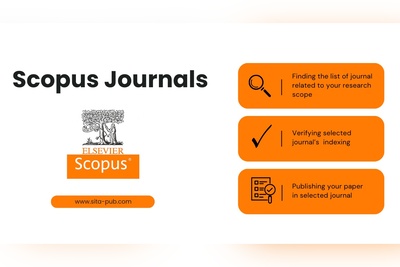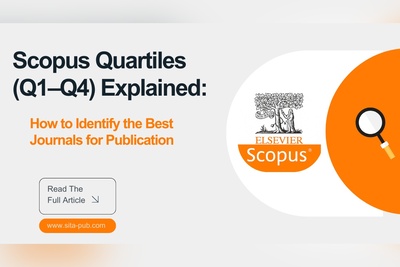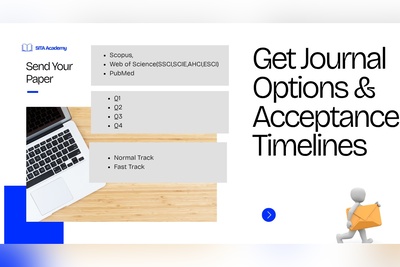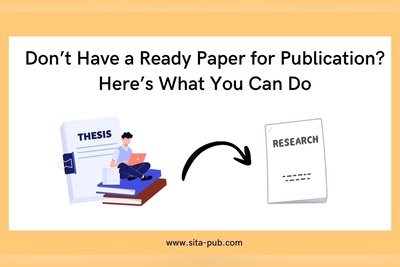How Long Does It Take for a Journal to Accept My Paper?
Wondering how long it takes to get your paper accepted and published in a journal? Learn average timelines for Scopus, Web of Science, and PubMed journals, factors affecting acceptance, and tips to speed up publication.

You’ve finally finished your research paper — months (or even years) of effort have gone into data collection, analysis, and writing. Now comes the critical step: submitting your manuscript to a journal. But then, a new question arises:
How long will it take for the journal to review, accept, or reject my paper?
This is one of the most common concerns among researchers. Whether you’re applying for a PhD, aiming for a promotion, or working under a funding deadline, timing can be just as important as quality. Unfortunately, there isn’t one single answer — timelines vary depending on the journal, discipline, and review process.
In this article, we’ll break down the different stages of peer review, typical timelines in Scopus, Web of Science, and PubMed journals, factors that cause delays, and strategies to speed things up.
🔹 What Are the Stages of the Journal Review Process?

To understand how long acceptance takes, it helps to know the stages your paper goes through after submission.
Initial Editorial Screening (Desk Review)
Duration: 1–4 weeks
The editor checks if your paper fits the journal’s scope, formatting, and quality standards. If not, it may get a desk rejection (without peer review).
Assigning Reviewers
Duration: 1–3 weeks
The editor invites experts in your field to review your paper. Sometimes, finding willing reviewers causes delays.
Peer Review Process
Duration: 4–12 weeks (sometimes longer)
Reviewers evaluate originality, methods, clarity, and impact. They may suggest revisions or recommend rejection.
First Decision (Accept / Revise / Reject)
Duration: Varies
You might receive:
Minor revisions (acceptance likely)
Major revisions (significant edits needed)
Rejection
Revision by Author
Duration: 2–6 weeks (depending on how fast you respond)
Final Decision
Duration: 1–4 weeks
After revisions, the editor makes the final call.
Acceptance Letter Issued
Duration: Immediate to 2 weeks
Once approved, you’ll get an official acceptance letter confirming publication.
Typical Total Timeframe: 3–9 months from submission to acceptance, depending on the journal.
🔹 Average Timelines: Scopus, Web of Science, and PubMed
Different databases and journals have different speeds.
1. Scopus-Indexed Journals
Average: 3–6 months
Q1 journals (top-tier, highly selective): can take 6–12 months.
Q3/Q4 journals: often faster, around 2–5 months.
2. Web of Science Journals
Covers multiple indices (SCI, SSCI, ESCI).
SCI/SSCI journals: often take 6–12 months, due to high competition.
ESCI journals: more flexible, usually 3–6 months.
3. PubMed Journals
Biomedical and life sciences journals.
Timelines vary widely:
Some journals offer rapid review (4–8 weeks).
Others may take 6+ months, especially if reviewer feedback is extensive.

Factors That Influence How Long Acceptance Takes
Not all delays come from the journal — some depend on the author’s response too. Here are the main factors:
Discipline & Field of Study
Medicine and engineering journals often work faster.
Humanities and social sciences tend to take longer.
Journal Reputation & Ranking
High-impact (Q1) journals are more selective → longer review times.
Mid-tier journals may provide faster feedback.
Open Access vs. Subscription
Open access journals often have shorter timelines, since authors pay fees.
Subscription journals may move slower.
Reviewer Availability
If editors struggle to find reviewers, delays occur.
Author’s Speed in Revisions
Quick and clear revisions = faster acceptance.
Submission Quality
Poorly written or formatted papers often face repeated revisions → longer process.
How to Estimate a Journal’s Review Speed
If you want to know in advance how long a journal might take, here are some strategies:
Check the Journal Website
Many journals mention “average time to first decision” or “average review period.”
Look at Journal Metrics (Elsevier, Springer, Wiley, etc.)
Some publishers provide review statistics.
Read Recent Articles in the Journal
Many published papers include:
Received: January 10, 2025 – Accepted: April 25, 2025This gives you a realistic timeline.
Ask Colleagues in Your Field
Experienced researchers often know which journals are “fast” or “slow.”
Use Online Databases (e.g., SciRev.org)
Researchers share their experience and review times with different journals.
How to Speed Up the Acceptance Process
You can’t control everything, but you can avoid unnecessary delays:
✅ Choose the Right Journal – Match your paper to the journal’s scope.
✅ Follow Author Guidelines Exactly – Formatting mistakes cause desk rejections.
✅ Write a Clear & Concise Manuscript – Poor language slows peer review.
✅ Prepare a Strong Cover Letter – Highlight why your paper is valuable.
✅ Respond Quickly to Reviewers – Don’t wait weeks; address all comments carefully.
✅ Avoid Predatory Journals – They promise fast acceptance but harm your credibility.
Typical Timeline Examples (By Scenario)
Fast-Track Journal (e.g., Open Access, Rapid Review)
Desk Review: 1–2 weeks
Peer Review: 4–6 weeks
Revision: 2 weeks
Final Decision: 1–2 weeks
👉 Total: 2–3 months
Average Journal (Scopus Q2 or Q3)
Desk Review: 2–3 weeks
Peer Review: 6–10 weeks
Revision: 4 weeks
Final Decision: 2 weeks
👉 Total: 4–6 months
High-Impact Journal (Q1, WoS SCI/SSCI)
Desk Review: 3–4 weeks
Peer Review: 10–16 weeks
Multiple Revisions: 2–3 months
👉 Total: 8–12 months
Final Thoughts
So, how long does it take for a journal to accept a paper? The answer depends on the journal’s prestige, discipline, and your own response speed. In general:
Fast journals: 2–3 months
Average journals: 4–6 months
Top-tier journals: 8–12 months
For researchers working under deadlines (scholarship, graduation, or promotion), knowing these timelines is crucial. Instead of leaving it to guesswork, research the journal’s review speed before submitting.

Publication Support Services at SITA Academy
At SITA Academy, we help researchers like you:
Find journals with faster acceptance rates
Prepare your paper to reduce review delays
Communicate with journals and track your submission
Publish your paper faster with SITA Academy.
We’ll analyze your paper and match it with journals that offer the best balance of speed, credibility, and impact.
